I Work
A History of the Luddite Rebellion
When my work-from-home day concludes at 5 pm, I go to my loom and begin to weave. The transition between different ways of working is informed by my latest obsession, the Luddite Rebellion. Since reading Warren Draper’s essay, “The Shuttle Exchanged for the Sword” in Walking on Lava: Selected Works for Uncivilized Times, I am preoccupied with the movement that challenged nascent industrialization and the rise of capitalism in early 19th century Britain. Revisiting this moment in history seems particularly appropriate given the current social unrest arising from competing views on diversity, environment, and democracy.
The term “luddite” has come to mean someone who is opposed to new technology or ways of working. We all know a self-proclaimed luddite, that friend who calls you on their landline instead of sending you a text or email. Historically, the Luddites were textile workers in East Midlands, South Lancashire, and West Yorkshire who organized attacks on textile mills and machinery. Luddite acts of sabotage were not a response to technical innovation, but rather a reaction to economic and structural change brought on by rapid industrialization.
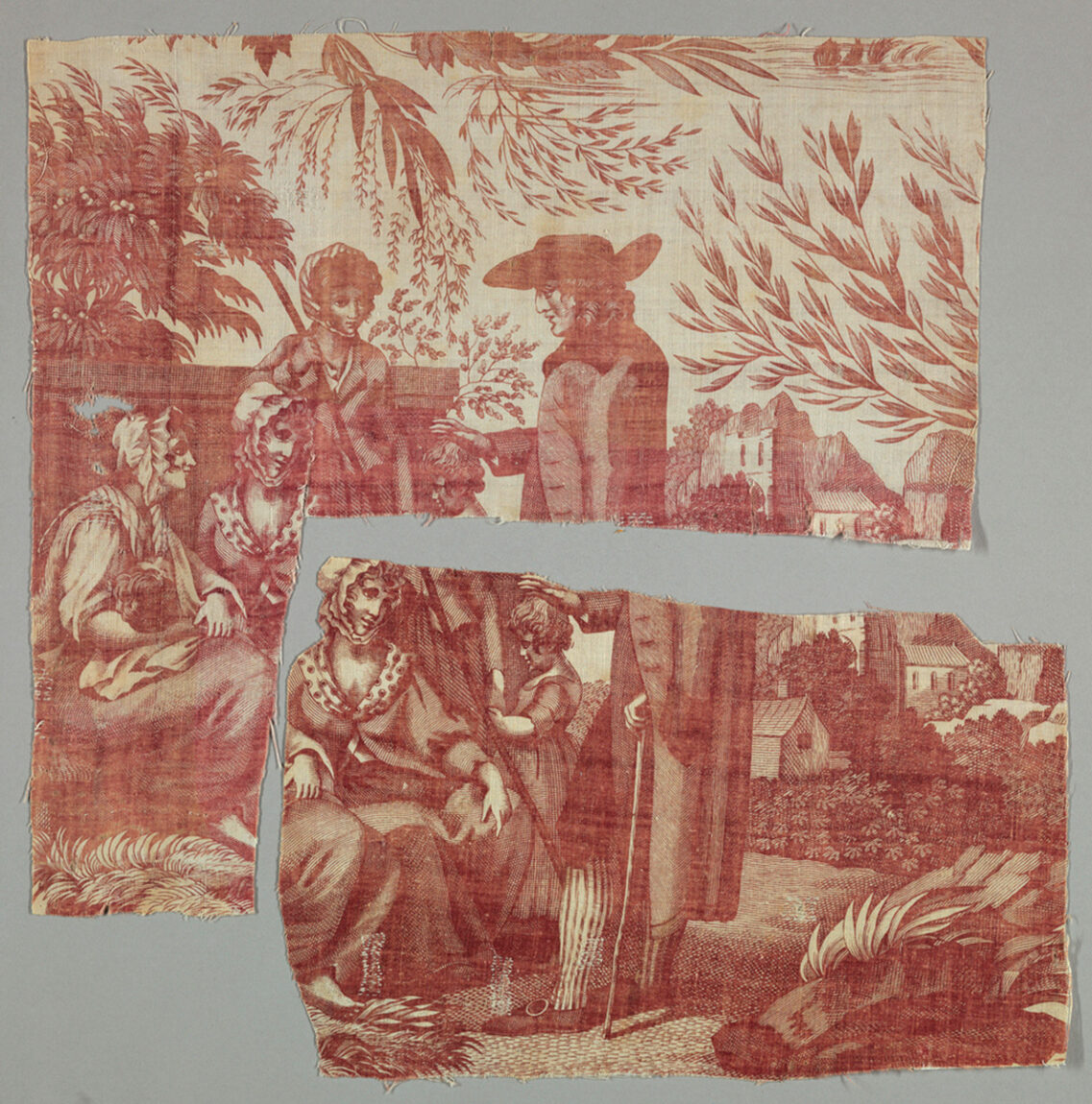
Prior to 1770, weaving was a cottage industry. Weavers grew their own food and worked alongside their families to prepare cotton, spin wool, and weave cloth. Production was limited by technology and ways of working. By 1814, there was a growing export industry and a new mercantile class sought to take advantage of artisans by creating dependence on wage-labour. Weavers worked in multi-story factories with steam engines and spinning mules. The spinning Jenny semi-mechanized the spinning of fibres into yarn and could be minded by one adult and a few children. Trade unions were illegal and low wages and poor working conditions pervaded.
The movement began on March 11, 1811, when hundreds of framework-knitters assembled in Nottingham to protest low wages and poor working conditions. They marched to the town of Arnold, where they smashed 60 stocking-frames. Subsequent organized machine-breaking and acts of protest were attributed to one mythical leader, Ned Ludd (also referred to as General, King, Chief, or Edward). The exact origin of the name Ned Ludd is unknown. One likely hypothesis is that he was a weaver’s apprentice in the late 1700s. He took a hammer and smashed looms after being viciously beaten by his master. From that instance on, when a loom was damaged, whether on purpose or by accident, it was customary to say, “Ned Ludd did it”.[1]
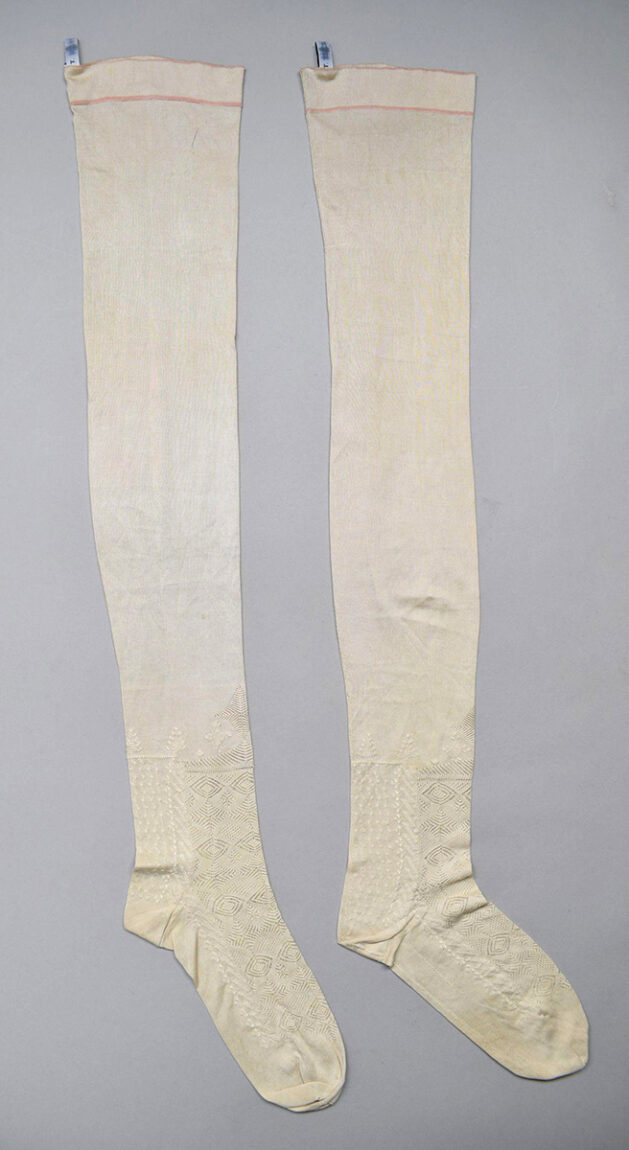
Ned Ludd’s movement escalated and by January 1812, over 800 looms had been wrecked in Nottingham. The government responded by deploying troops to arrest anyone caught conspiring to break machinery. On February 14, 1812, the government introduced a bill making machine breaking a capital offence, punishable by death. The bill was met with an impassioned speech by Lord Byron, who defended the workers and argued that factory-made textiles were of inferior quality and that the government treatment of Luddites was unjust. The Frame Breaking Act was legislated by parliament and individuals who had previously been arrested were exiled to Australia. The threat of death had an immediate effect on the Luddites of Nottingham and frame-breaking went from over 300 frames in January to only 30 in February. Byron responded with the poem, “An Ode to the Framers of the Frame Bill”.
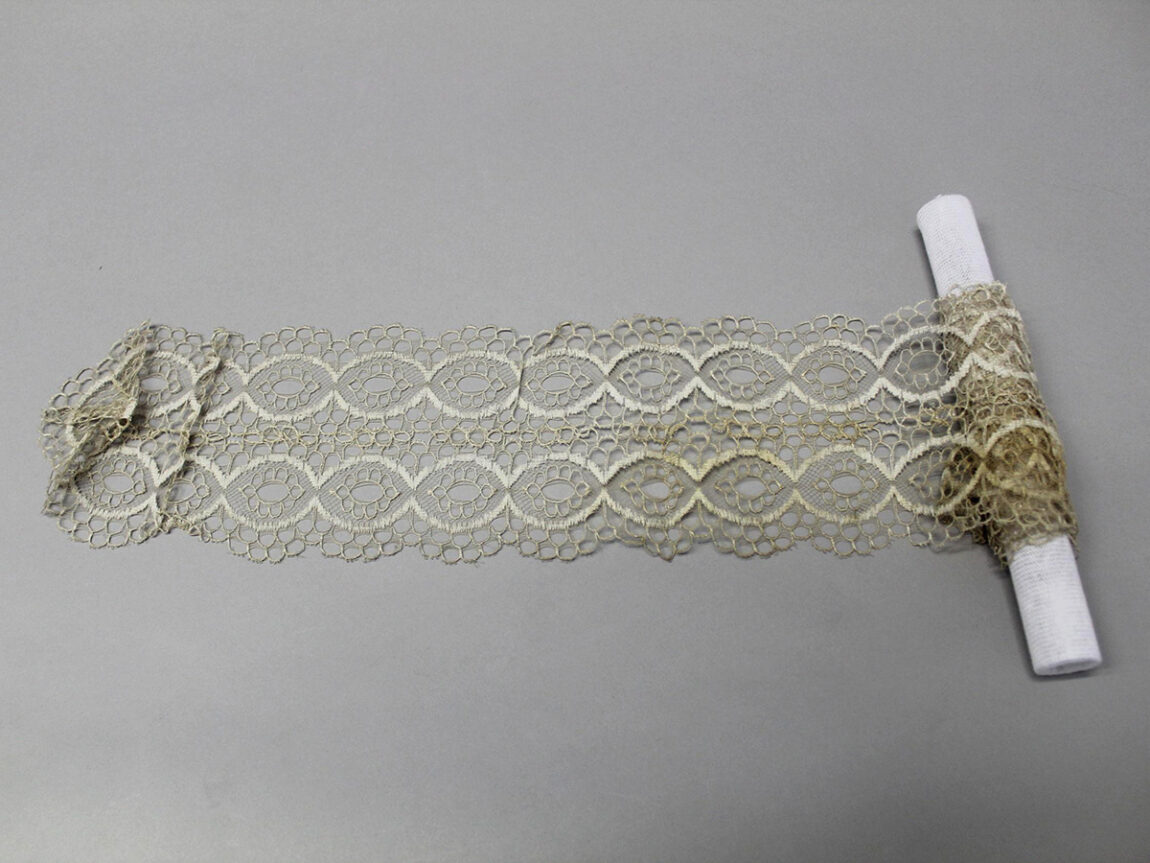
Luddite activities shifted north, to the heavily industrialized areas of Yorkshire and Lancashire. In Yorkshire, shearing-frames and gig mills were targeted, while power looms were the focus of attacks in Lancashire. The power loom was a mechanized loom that enabled the mass production of textiles. Manchester was an epicentre, where textiles, particularly cotton, were produced in factories and exported to markets via networks of canals. The Luddites in this area were more organized and targeted larger mills.
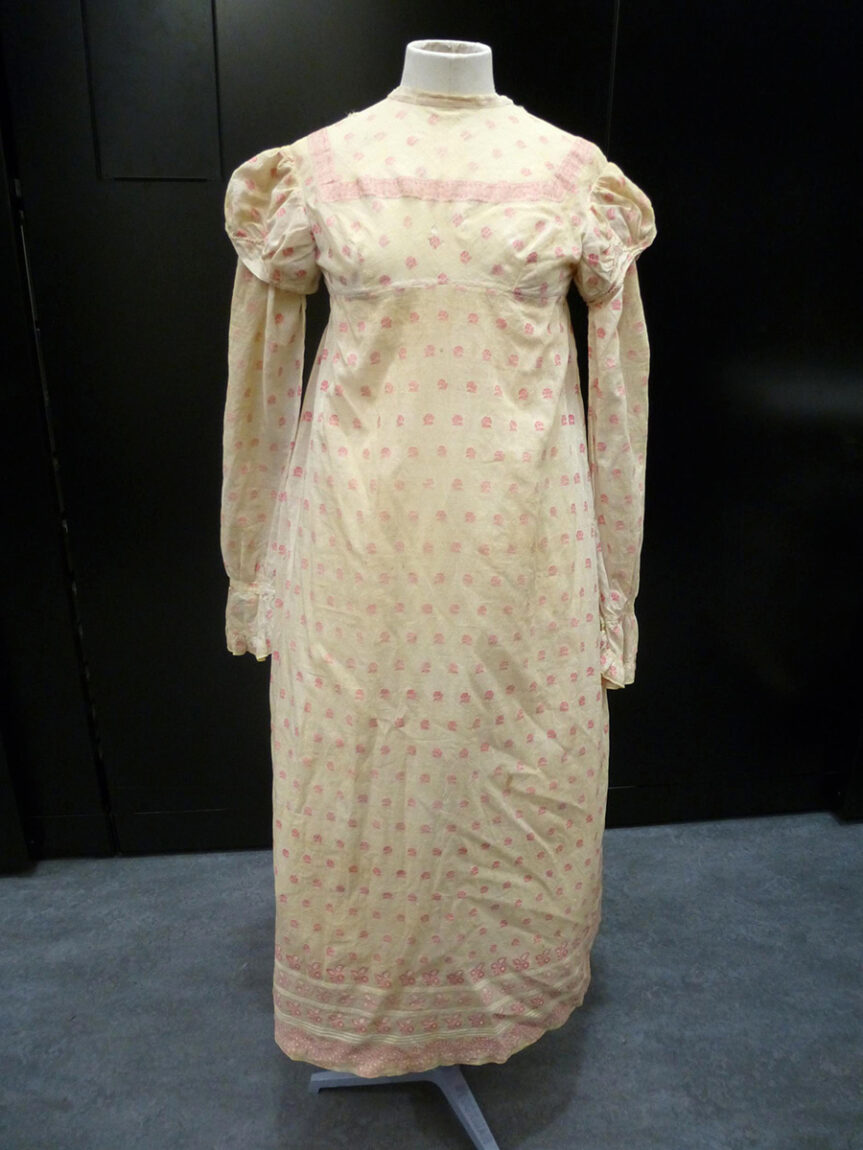
After a failed attack on Rawfolds Mill that resulted in the death of two Luddites, there was an attempted assassination of the mill’s owner, William Cartwright. This was followed, on April 27, 1812, by the murder of William Horsfall, the owner of a large mill in Marsden and active opposer of Luddites. These violent attacks were a turning point for wide-spread support towards the movement.
The government escalated its response to the rebellion. Troops flooded the area and infiltrated the movement with spies. There were more British troops fighting Luddites than there were fighting Napoleon’s Army on the Iberian Peninsula.[2] On May 24th, 58 defendants were brought to trial in Lancaster for food riots, loom breaking, and attacks on property. The trials resulted in 8 hangings, 17 transportations, and 13 imprisonments. On the same day, a special commission in Chester sentenced 15 to death, 8 to transportation, and 5 to imprisonment. By December, another 64 men were arrested, 7 were acquitted, 14 transported, 6 imprisoned and 18 were executed at York Castle. The spectacle of mass executions put a virtual end to the Luddite uprising.
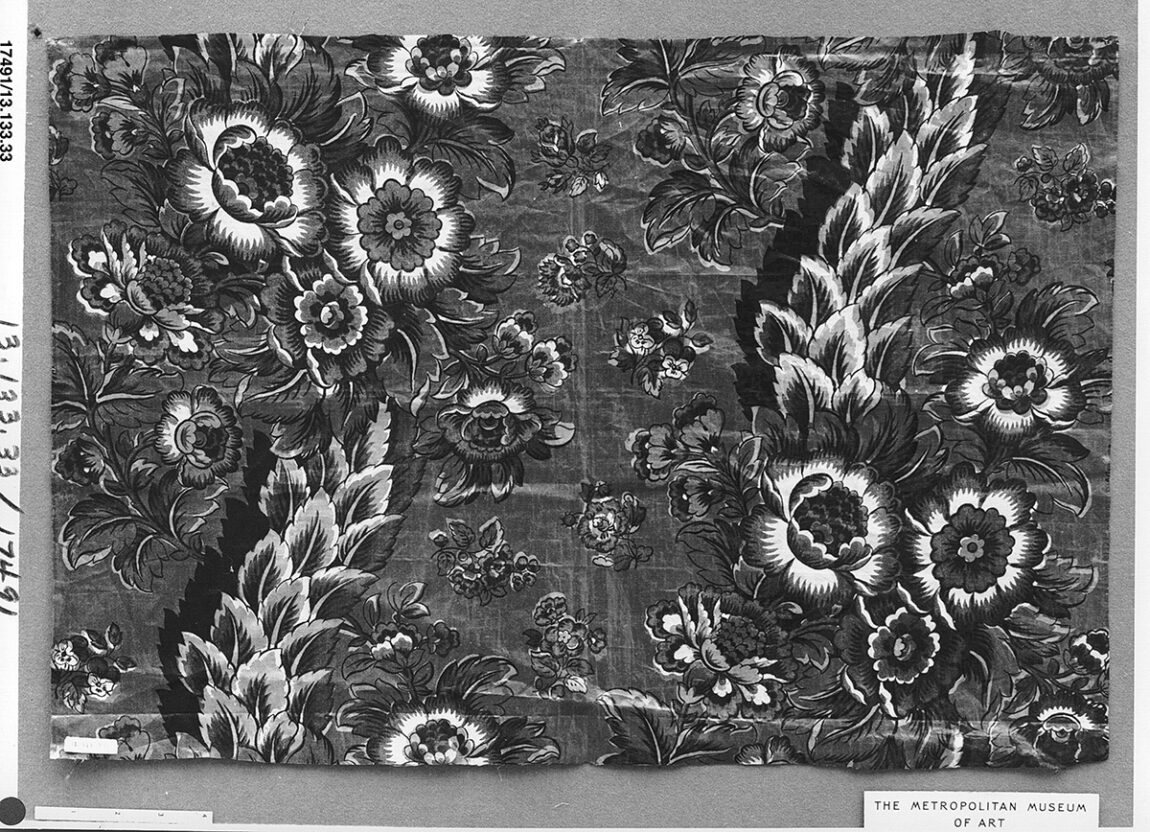
The Luddite rebellion can be seen as one of the first stands against modern means of production and capitalism. It is no accident that the movement has been obscured by history, interpreted as naive and backwards rather than powerful. At a time when the failures of capitalism are increasingly apparent, it seems important to revisit a past that imagined an alternative.
As I weave, I live out a fantasy in which the Luddites were more successful and I have complete autonomy over how I work. The social and political history of textiles informs how I approach the loom and yarn. I am privileged to be able use my time for idleness and work that is not efficient or profitable. With every pick of the weft I take pleasure in the process. I have no particular objective other than to weave.
[1] Warren Drapper, “The Shuttle Exchanged for the Sword” in Walking on Lava: Selected Worlds for Uncivilized Times, ed. The Dark Mountain Project (Vermont: Chelsea Green, 2017), 74.
[2] “Luddite,” Wikipedia, accessed July 20, 2020, https://en.wikipedia.org/wiki/Luddite.
Want more? Read Sasha’s previous posts, I Begin, I Weave a Metaphor, and I Dye.
Also read our Online Artists Residency launch article and this accompanying article, that looks at the project and the artist who are the inspiration for OAR.
Sasha Krieger is currently VANDOC’s Online Resident Artist. Be sure to return to vandocument.com to get the latest updates on her exploration of her process as she learns the loom and discovers the unexpected along the way.
Follow VANDOC on
Instagram
Facebook
Twitter
Sasha Krieger is an artist, library assistant, and collector from Vancouver, BC. Her diverse practice combines and deconstructs images and ideas borrowed from film, literature and art history, in an attempt to explore how meaning is derived from making.


